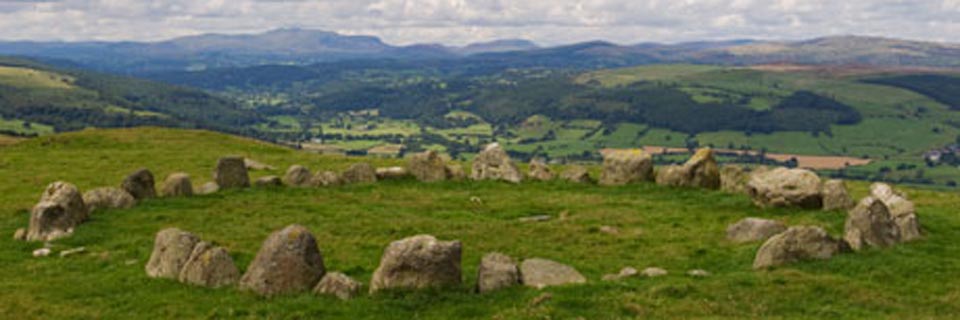Contemporary Legend Research

Research centre
Communication and Computing Research Centre
Date
2008
Urban Legends are contemporary stories, told as true but incorporating ancient and modern elements from folklore
Much of my research - including my interest in aspects of journalism - is centred upon the study of contemporary legend. Such legends are contemporary stories, told as true but incorporating ancient and modern elements from folklore. CL research is a comparatively new field of study that was pioneered in the UK by the Centre for English Cultural Tradition and Folklore, University of Sheffield. A conference, 'Perspectives on Contemporary Legend' held in Sheffield during 1982 led to the foundation of the International Society for Contemporary Legend Research (ISCLR), now in its 30th year, which holds an annual conference at venues in Europe and North America.
Usually attributed to a "friend of a friend" contemporary legends are passed on by word-of-mouth but are also found embedded in jokes, adverts, films and 'true stories' circulated by the mass media and email. These stories usually reflect themes of modern life in cities and suburbs and revolve around topics such as crime, technology, sex, professions, conspiracies and celebrities. This type of legend appears to originate in a diffuse body of beliefs, prejudices, fears and experiences current in all modern communities. Their plots often revolve around anxieties surrounding modern behaviour or inventions such as motor cars, terrorists, hitch-hiking, mobile phones and microwave ovens. Their content, whilst sometimes amusing, is often bizarre, frightening or macabre.
Stories of this kind are also known as 'modern legends', FOAF-tales (from the 'friend of a friend') and 'urban myths' - the latter usage occurs frequently in media discourse to label a false or unattributed story. Some 'contemporary legends' are clearly not modern, not urban and are not always true - for instance some are told merely for entertainment, or as jokes. But whatever their purpose they are usually told as being "based on a true story". Narrators claim "it happened to someone they knew", usually a 'friend of a friend', but the source is always anonymous. 'Urban legends' have been adopted by folklorists and by the general public to refer to any unverified, odd or 'true stories' that circulate both on the grapevine and in the media in the modern world.
Despite their worldwide distribution 'urban legends' were not identified, collected and studied until relatively recently. The American folklorist Richard M. Dorson first focused attention on the genre in his 1959 book American Folklore. But it was not until the 1980s, when the US folklorist Jan Harold Brunvand published the first in his series of urban legend collections, The Vanishing Hitchhiker (1981), that the phrase 'urban legend' came into popular usage both in North America and Western Europe. Brunvand produced a series of follow-ups including an Encyclopedia of Urban Legends (2001, all published in the USA by W. Norton & Co, New York) which have proved immensely popular.
Stories about urban legends continue to appear frequently in the media and in film, TV and the internet, reflecting the public fascination with 'a good story'. Examples of my research into two popular contemporary legends, ‘The Crying Boy painting’ and ‘The photograph that took itself’, appeared as chapters in The Martians Have Landed!: A History of Media Driven Panics and Hoaxes (2012), Bartholomew, Robert E and Radford, Benjamin (editors), Jefferson, N.C.: McFarland.
Researchers involved
Dr David Clarke - Course Leader, Journalism
Related projects
National Archives UFO Project - By Dr David Clarke...
Wartime Rumours and Legends - By Dr David Clarke The legend of the Angels of Mons was the subject of a...
